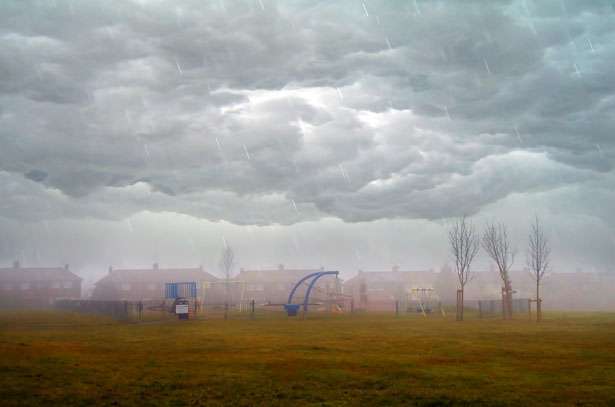
Research that linked the weather with the spread of COVID-19 during the pandemic was inaccurate and poorly scrutinized by fellow scientists, suggests a new study.
Because most respiratory viral infections, such as flu, have seasonality with peaks in activity in different seasons, many researchers around the world investigated the potential link between COVID-19 and the weather for clues to how the disease spread.
Hundreds of studies were carried out within the first two years of the outbreak and were published quickly to understand and control the infection. Nearly all studies reported a positive relationship.
Now, scientists at The University of Manchester and Nanjing Agricultural University in China, say that many of these peer-reviewed scientific journal articles contained weaknesses or flaws that has affected the reliability and accuracy of the results.
They call for the process by which the research was published to be revisited.
David Schultz, Professor of Synoptic Meteorology at The University of Manchester, said, “During the COVID-19 pandemic, there was a desire to publish scientific news quickly due to the dire situation the world was facing, but now we realize that this speed came at the expense of the quality of the research.
“Many of the publications we analyzed were fatally flawed, raising concerns about the quality of this research.”
Their research, published in the journal, Bulletin of the American Meteorological Society, conducted a critical analysis of the reliability of 289 peer-reviewed empirical publications.
They found that 97% of those studies reported an association between one or more weather variables and the transmission of COVID-19. However, 38% of those studies did not account for a time lag between the date of infection and the date of reporting. This means that the studies were incorrectly investigating the weather on the day that the COVID-19 case was reported rather than the day the infection occurred.
The review also found that the time period of the data used in these studies was problematic.
Lead author Dr. Ling Tan, from Nanjing Agricultural University, said, “Most studies used data from the early months of the pandemic where temperatures were rising during the transition from winter to summer in the Northern Hemisphere. It was also a period of exponential growth in transmission of the virus across vulnerable populations—for example, China where the virus originated. Thus, the rapid growth in new cases was often correlated with the seasonal increase in temperature, making determining the subtle effect of the weather difficult.”
When looking at the publication process, the researchers’ analysis raised more concerns, including the rapid acceptance of highly cited articles. They found that the ten most-cited publications were accepted within only 10 days of submission, with three accepted the same day that they were submitted. Usually, this level of scrutiny takes weeks.
Dr. Tan said, “Science can correct itself through various means: peer review by scientific experts to improve or reject submitted manuscripts, published corrections, comment—reply exchanges between authors and other scientists, and retraction of fatally flawed studies. But, we saw little of this kind of scrutiny by other scientists.”
Prof. Schultz added, “We hope to shed some light on the problems with these articles and offer recommendations for publishing such research, so the research community can avoid repeating these flaws and strengthen the scientific foundation of future pandemic responses.”
The researchers call for such studies to have a better experimental design that incorporates a time lag between infection and reporting, uses nonlinear statistical methods, considers non-meteorological effects, and collects large datasets to ensure robust research results.
They also recommend a stronger peer-review process and further scrutiny of scientific literature through robust post-publication methods.
More information:
Ling Tan et al, Weather Effects on the Spread of COVID-19: Characteristics and Critical Analysis of the First and Second Years of Scientific Research, Bulletin of the American Meteorological Society (2023). DOI: 10.1175/BAMS-D-23-0071.1
Journal information:
Bulletin of the American Meteorological Society
Source: Read Full Article
